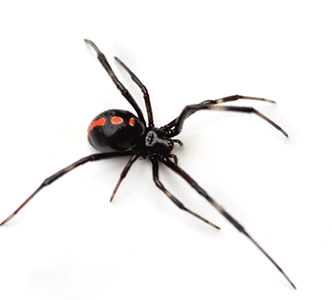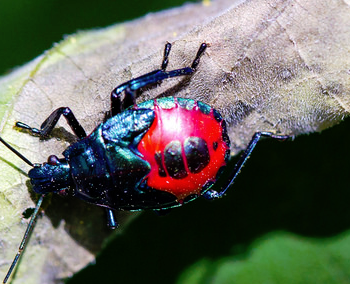
Halloween Truth and Fiction about Scary Spiders.
- Posted by Haggerty Services
- On October 24, 2017
- spider bites, Spiders
Most species of spiders are relatively harmless to humans. The majority of spiders do not have mouth parts strong enough to pierce human skin, and most spiders found in the U.S. and are essentially harmless. There are two noteworthy exceptions, the black widow spider and the brown recluse spider, which are both dangerous to humans

Black Widow Spider
A Black Widow spider is also referred to as the “hourglass” or “shoe button” spider. The Black Widow is a shy and a nocturnal spider. All species of Black Widows are found in warm climates of the north and south, which are approximately 45 degrees north or south of the equator. The Black Widow spider can also be found in four of the American southwest deserts as well. The Black Widow weighs about one gram; they are anywhere from one to one and a half inches long and their leg span is anywhere from one to three inches long.
The adolescent and male Black Widow spider is harmless; leaving the female as the only one that is poisonous. The female Black Widow spider’s venom is not only more toxic than any other spider, it’s actually deadlier than a rattle snake bite!
The other venomous spider to be wary of is actually more prevalent here in Florida, the brown recluse spider. They are also known as violin, fiddleback, or brown spiders. Fortunately, however, it is rarely seen south of the center of the state.

Brown Recluse Spider
Brown Recluse spiders feed on cockroaches and other insects. Rather than spin webs to catch prey they hunt for their prey or wait until an insect comes in close proximity to them. Flying prey like houseflies and relatively harmless prey are held down with the initial bite while the poison does its work. With prey that might be more harmful to the spider, such as other spiders or ants, they will lunge and bite in a vulnerable area and immediately back away while the venom acts to quickly paralyze them. The spider then moves in to feed. The same venom that acts to liquefy an insect’s innards for consumption also causes the “flesh rotting” appearances in human wounds.



